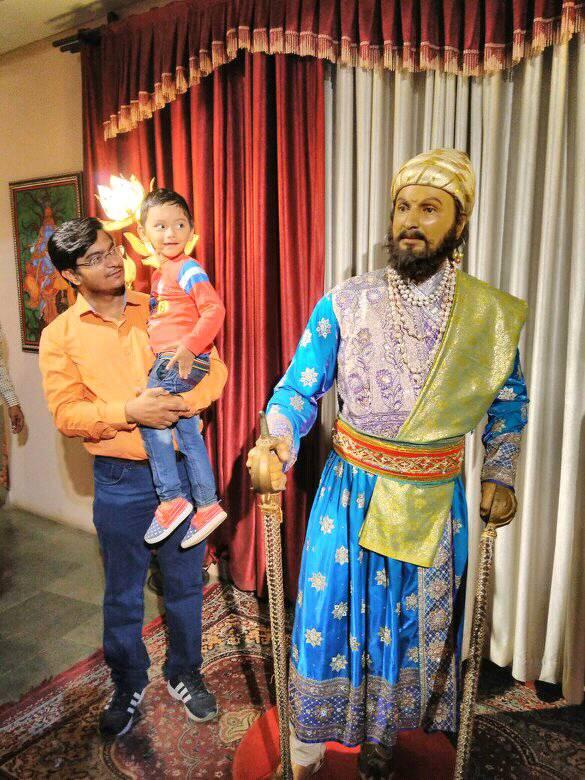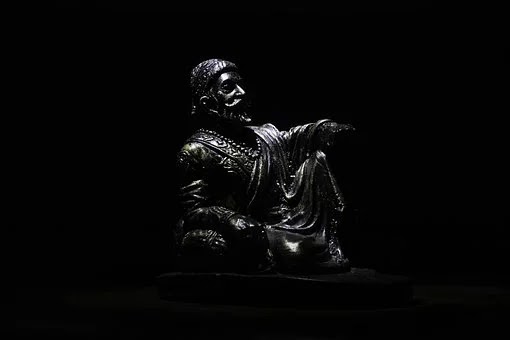Introduction to Cosmology : Jayant Narlikar
Early Life
The acclaimed cosmologist and astrophysicist, Jayant Vishnu Narlikar was conceived on July 19, 1938, at Kolhapur, Maharashtra. His dad Vishnu Vasudeva Narlikar was a notable educator and mathematician. He was the teacher and Head of the Department of Mathematics in the Banaras Hindu University, Varanasi. His mom, Sumati Vishnu Narlikar was a Sanskrit researcher. Jayant acquired the scholarly brightness from his folks and consistently did extraordinarily well in his group and got top position. He additionally learned at Banaras Hindu ' University and got his B.Sc. degree in 1957.
 |
| Jayant Narlikar |
Image Source - wikipedia
Career
Youthful Narlikar was outstandingly capable and constantly beat at school and school assessments. Arithmetic was his preferred subject. Also, he delighted in perusing. In 1959, he cleared BSc Honors from Benaras Hindu University. He stood first in the University. His subjects were science and astronomy. For additional investigations, his dad needed to send him to another country. Prior to leaving India, he was educated by the individuals who had just been to England, not to be careless. Life would be intense yet having buckled down, he turned out without a hitch. The exhortation he got from his dad and especially, his maternal uncle Dr. Vasantrao Hujurbazar truly placed him in an advantageous position.
Other than his folks, Fred Hoyle, his educator, and tutor impacted him. Plus, his uncommon outcome at the alumni level likewise brought him a grant. He was sent to England and here he joined Cambridge University. Here he acquired an M.Sc. degree in only two years. By chance around then, a world popular instructor of astronomy was in Cambridge. He was, Frederick Hoyle, otherwise called Fred Hoyle, Hoyle was an educator at Kings College, Cambridge and leading exploration on the speed and state of heavenly bodies. Narlikar enrolled for Ph.D. under Hoyle and started to examine work. Hoyle acknowledged him wholeheartedly, In 1963, Jayant Narlikar was granted a Ph.D. by Cambridge University. He remained in Cambridge from 1957 to 1962.
During his 15 years remain abroad Dr. Narlikar made numerous significant examines. At 22 years old years he became an individual from the Royal Astronautical Society. He was additionally designated Fellow at Kings College, Cambridge. His dad as well as an individual from this establishment. His Ph.D. postulation remembered to research for standards of attraction, the gravitational draw between various divine bodies, development of the universe and others. He had additionally introduced another view to the mainstream Big Bang hypothesis. As per his hypothesis, the universe isn't extending however static (still). He had portrayed it as 'consistent state'. This hypothesis sheds new light regarding the matter. With Fred Hoyle, he introduced the celebrated Conformal Theory of Gravity, which turned out to be notable everywhere throughout the world. Narlikar and Hoyle took a shot at cosmology, including the consistent state hypothesis, hypothesis of attractive energy, electrodynamics, and so forth. They propounded that the power of different powers in space and the universe affects the mass of issues. Moreover, it additionally influences the shape and size of the issue. It is, for the most part, accepted that the gravitational draw relies upon the mass of the item. He recommended that the gravitational draw on divine bodies relies upon its thickness. As the inner thickness of the article is more, so is the gravitational draw on divine bodies relies upon its thickness. As the inward thickness of the item is more, so is the gravitational force. This is the motivation behind why such great bodies attempt to eat up other radiant bodies. As the mass of these articles expands it gets thick. Its thickness increments so much that such a spot of mass is proportional to a few tons in weight. At last, it turns into a Black Hole. Such items don't permit light to escape from them.
His researches on the attractive energy of room objects are viewed as essential. He got awards and decorations from numerous organizations in Europe. In 1969, the Union training Ministry welcomed Dr Narlikar and Hoyle to visit India and convey addresses. In 1968, Cambridge University respected him by exhibiting him the Adam Award. Prior, three Indian researchers had gotten this renowned award: in 1944, Dr. Homi Bhabha; in 1948, Dr S Chandrashekhar; and in 1961, Dr Hujurbazar, This award is allowed like clockwork in the memory of Dr J C Adams, astronomy and normal science. Adams was an extraordinary cosmologist, who has anticipated the presence of planet Neptune in 1846.
Narlikar wedded Mangala Sadashiv Rajwade in 1966. In 1969, when he came back to India, he was given the Padma Bhushan by the Government of India. Mumbai's Tata Institute of Fundamental Research welcomed him to join as an educator of astronomy. Narlikar excessively had chosen to offer his administrations to the nation. In 1972, he joined TIFR as a teacher. Other than research and instructing, he guided doctoral understudies. Here he proceeded with research on tachyons. Tachyons are particles that move quicker than the speed of light. As per Dr Narlikar, Black Holes are bases of tachyons. They retain light originating from outside and with gigantic weight gets the outside of the Black Hole. In the wake of coming here, Narlikar created one greater action. To advance science and particularly cosmology among the individuals he composed book Akashashi Jadle Nate (Related to the Sky) in his native language Marathi. Other than he likewise composed science stories. His books have likewise been converted into Hindi and Gujarati. He is a cultivated science fiction author.
In September 1988, the late Prime Minister Rajiv Gandhi urged him to begin cosmology and atomic material science bury university focus. Through the university Grants Commission and focal guide, such an inside has been made conceivable. Narlikar was its first executive and filled in as Homi Bhabha educator. In 1988, he went to a worldwide meeting on cosmology in Baltimore in America. On January 10, 1989, the National Science Academy respected Narlikar with the Venu Bappu Memorial Award for 1988. This award incorporates Rs. 25000 in real money and an award. He was awarded the Indian Science Academy's Indira Gandhi Award in 1990 and in 1996, UNESCO's 'Kalinga Award'. As of late, on March 12, 2003, the Yashwantroa Chavan Rashtriya Puraskar – 2002' was displayed to Narlikar.
We go to the omnipotent to give great wellbeing and long life to this incredible Indian researcher, so he may keep on serving the universe of science and the nation.







0 Comments